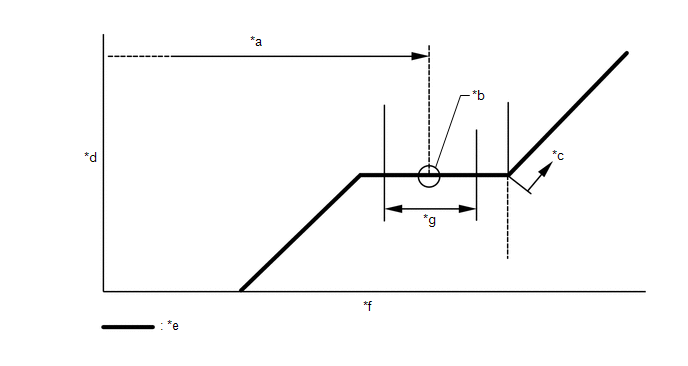REPLACEMENT PROCEDURE 1. RECOVER REFRIGERANT FROM REFRIGERATION SYSTEM (a) Start the engine. (b) Operate the cooler compressor under the conditions shown below:
This causes most of the compressor oil from the various components of the A/C system to collect in the compressor. HINT: It is not necessary to operate the compressor if the A/C does not operate because of compressor lock, etc. (c) Stop the engine. (d) Recover the refrigerant from the A/C system using a refrigerant recovery unit. HINT: Use the refrigerant recovery unit in accordance with the manufacturer's instruction manual. 2. CHARGE AIR CONDITIONING SYSTEM WITH REFRIGERANT HINT: Charge refrigerant in accordance with the equipment manual. (a) Perform vacuum purging using a vacuum pump or appropriate equipment. NOTICE: Be sure to use a refrigerant recovery unit that is compatible with HFO-1234yf (R1234yf) systems. (b) Charge the air conditioning system with refrigerant. Refrigerant Type: HFO-1234yf (R1234yf) 
Standard Charge Amount: 620 to 680 g (21.9 to 24.0 oz) NOTICE:
HINT: Ensure that sufficient refrigerant is available to recharge the system when using a refrigerant recovery unit. Refrigerant recovery units are not always able to recover 100% of the refrigerant from an air conditioning system. 3. WARM UP ENGINE (a) Warm up the engine at less than 1500 rpm for 1 minute or more after charging the refrigerant. NOTICE: Be sure to warm up the compressor when turning the A/C switch ON after removing and installing the cooler refrigerant lines (including the compressor), to prevent damage to the compressor. 4. INSPECT FOR REFRIGERANT LEAK (a) After recharging the air conditioning system with refrigerant, inspect for refrigerant leaks using a halogen leak detector. HINT: Be sure to use a halogen leak detector that is compatible with HFO-1234yf (R1234yf) systems. (b) Carry out the test under the following conditions:
(d) If a refrigerant leak is not detected from the air conditioning system, remove the blower motor control from the cooling unit. Insert the halogen leak detector sensor into the unit and check for leaks. (e) Disconnect the pressure sensor connector and leave it for approximately 20 minutes. Bring the halogen leak detector close to the pressure sensor and check for leaks. HINT: When checking for leaks, the presence of oily dirt at a joint can indicate a leak. |
Toyota Tundra Service Manual > Pre-collision System: Diagnostic Trouble Code Chart
DIAGNOSTIC TROUBLE CODE CHART Pre-collision System DTC No. Detection Item Link C1A02 Vehicle Information Not Obtained C1A10 Front Radar Sensor C1A11 Front Radar Sensor Incorrect Axial Gap C1A14 Front Radar Sensor Beam Axis Not Adjusted C1A46 Yaw Rate Sensor C1A47 Steering Angle Sensor C1A4A Skid Con ...